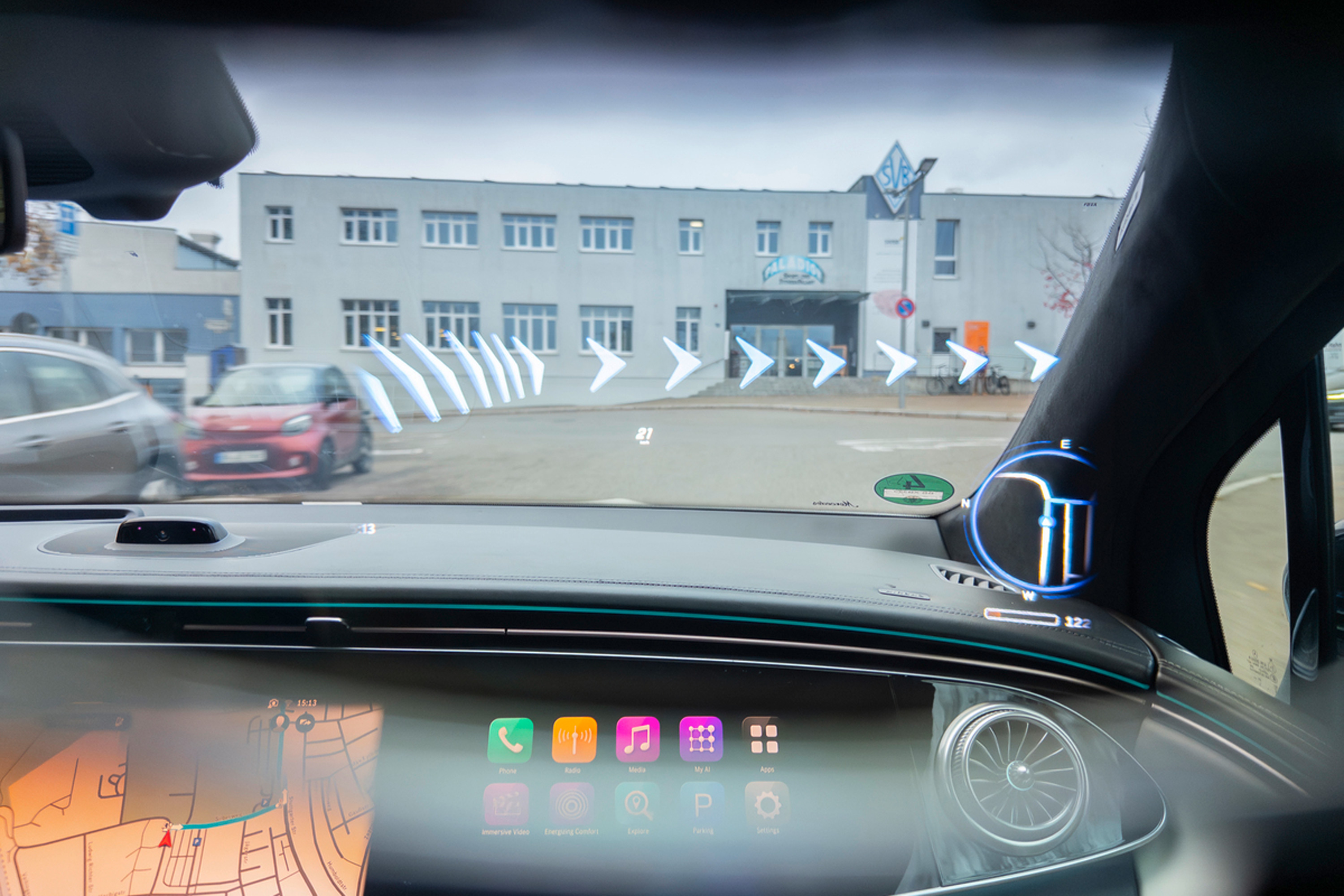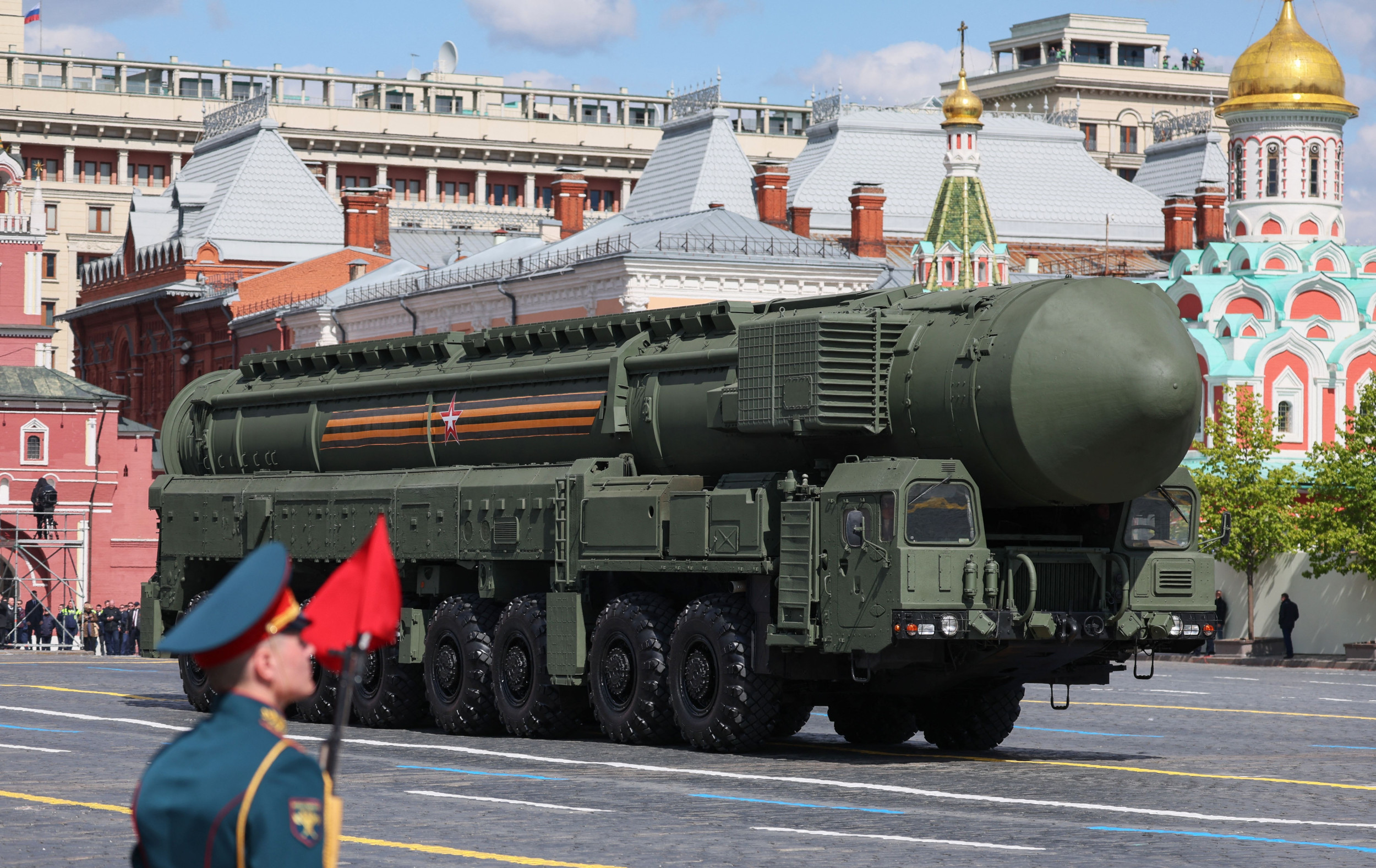A massive asteroid the size of a bus is forecast to shoot past the Earth tomorrow.
The asteroid, named 2024 VK3, is estimated by NASA's Jet Propulsion Laboratory (JPL) and Center for Near-Earth Object Studies (CNEOS) to be between 28 and 62 feet in diameter, and will pass Earth at a distance of about 273,000 miles.
That's only slightly further away from our planet than our moon, which orbits at a distance of 238,900 miles.
2024 VK3 is estimated to be zipping past us early tomorrow morning, at a speed of roughly 13.1 km/s, or about 29,300 mph.

Four other asteroids are due to cross into our planetary neighborhood over the weekend, with 2024 VS3 and 2024 VC4 skimming past us on Saturday, and 2024 VZ2 and 2024 UC5 passing on Sunday.
2024 VS3 and 2024 UC5 are both roughly house-sized, with diameters of 52-115 feet and 49-108 feet, respectively. Meanwhile, 2024 VC4 and 2024 VZ2 are both about the same size as a passenger jet, with diameters between 72-161 feet and 52-118 feet, according to CNEOS.
These other four asteroids will pass Earth a lot further away than 2024 VK3, with 2024 VS3 passing at 1,010,000 miles, 2024 VC4 passing at 1,560,000 miles, 2024 VZ2 at 790,000 miles, and 2024 UC5 at 2,580,000 miles.
At its closest point to Earth, our neighboring planet, Venus, is about 24 million miles away, for reference.
Asteroids are mostly rocky debris left over from the formation of the solar system, most of which are fairly small, but with some measuring many miles across. The majority of the asteroids in our solar system are found in the Asteroid Belt between Mars and Jupiter, and occasionally, Jupiter's gravity will nudge one of these asteroids into the inner solar system, sending them zooming past Earth.
The bus-sized 2024 VK3 is classified as a Near-Earth Object or NEO, which are objects within 30 million miles of Earth. Around 36,000 objects in our solar system have been classified as NEOs.
Some NEOs are additionally classified as potentially hazardous asteroids (PHAs) or potentially hazardous objects (PHOs) if they come within around 4.6 million miles of Earth, and have a diameter of at least 460 feet across.
"A potentially hazardous asteroid (PHA) is one that has an orbit intersecting the Earth's orbit around the Sun by less than 0.05 astronomical units (1 AU is the distance to the Sun), that's just over 4.5 million miles. It also has to have an absolute brightness of 22.0 or less (lower values of the magnitude are brighter = larger objects), ie. an asteroid (or comet) that would cause significant regional damage if it hit the Earth," Martin Barstow, a professor of astrophysics and space science at the University of Leicester in the U.K., previously told Newsweek.
"Not all NEOs are potentially hazardous, but all hazardous objects are NEOs."
All four of the other asteroids passing us this weekend are only NEOs, with none also being classified as PHAs due to their smaller size. Therefore, none of them pose any risk whatsoever to the Earth.
If a much larger asteroid were to hit the Earth in the future, it would be cataclysmic for human civilization.
"A 200m [656 foot] rocky asteroid will release around 4 MegaTons of TNT of energy when reaching the surface, forming a 400 m [1,312 foot] crater," Franck Marchis, a senior planetary astronomer at the SETI Institute, told Newsweek.
Do you have a tip on a science story that Newsweek should be covering? Do you have a question about asteroids? Let us know via science@newsweek.com.



















:quality(85):upscale()/2024/04/24/878/n/3019466/36c5693c662965c5d1ce91.72473705_.jpg)
 English (US) ·
English (US) ·